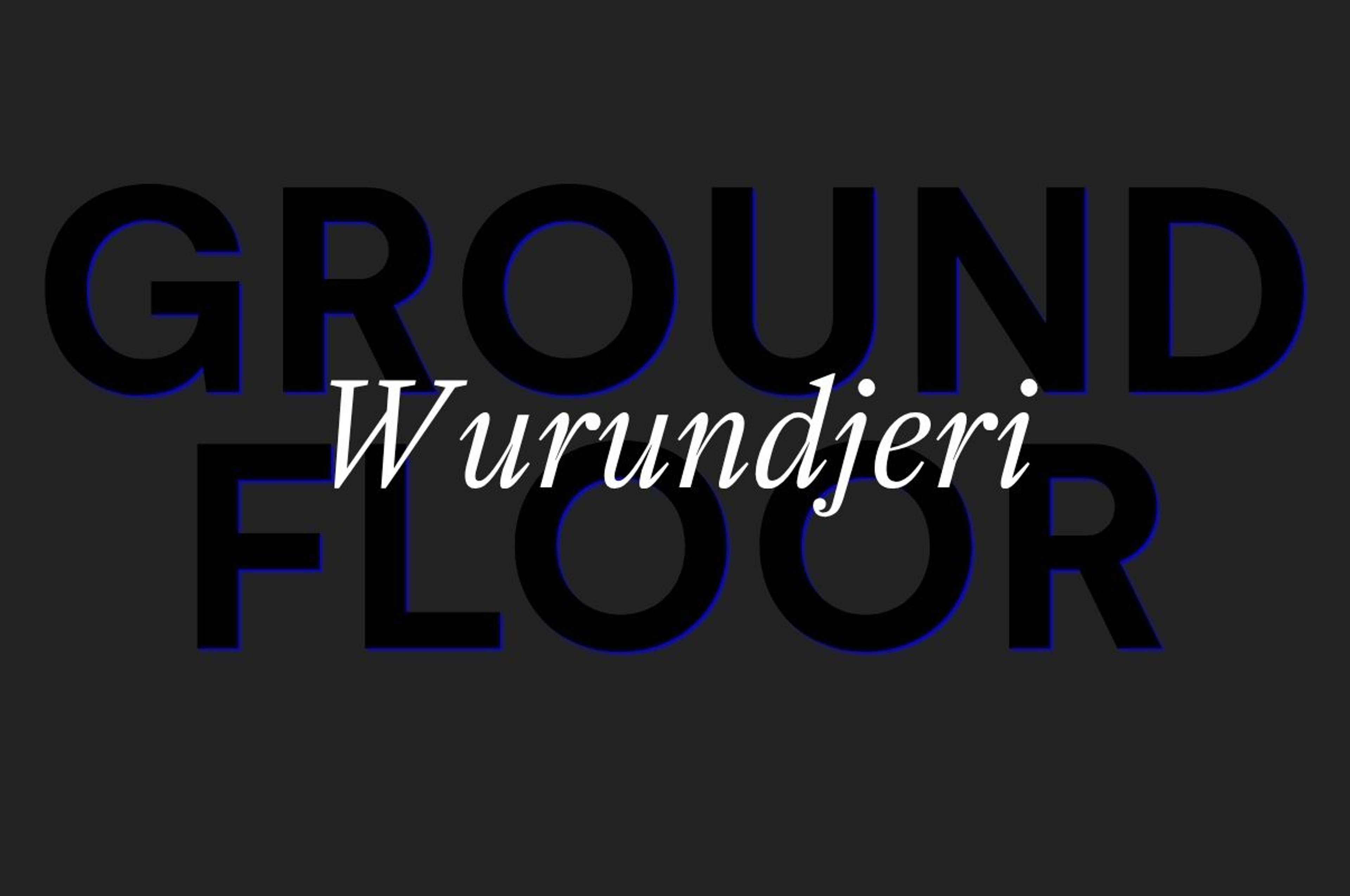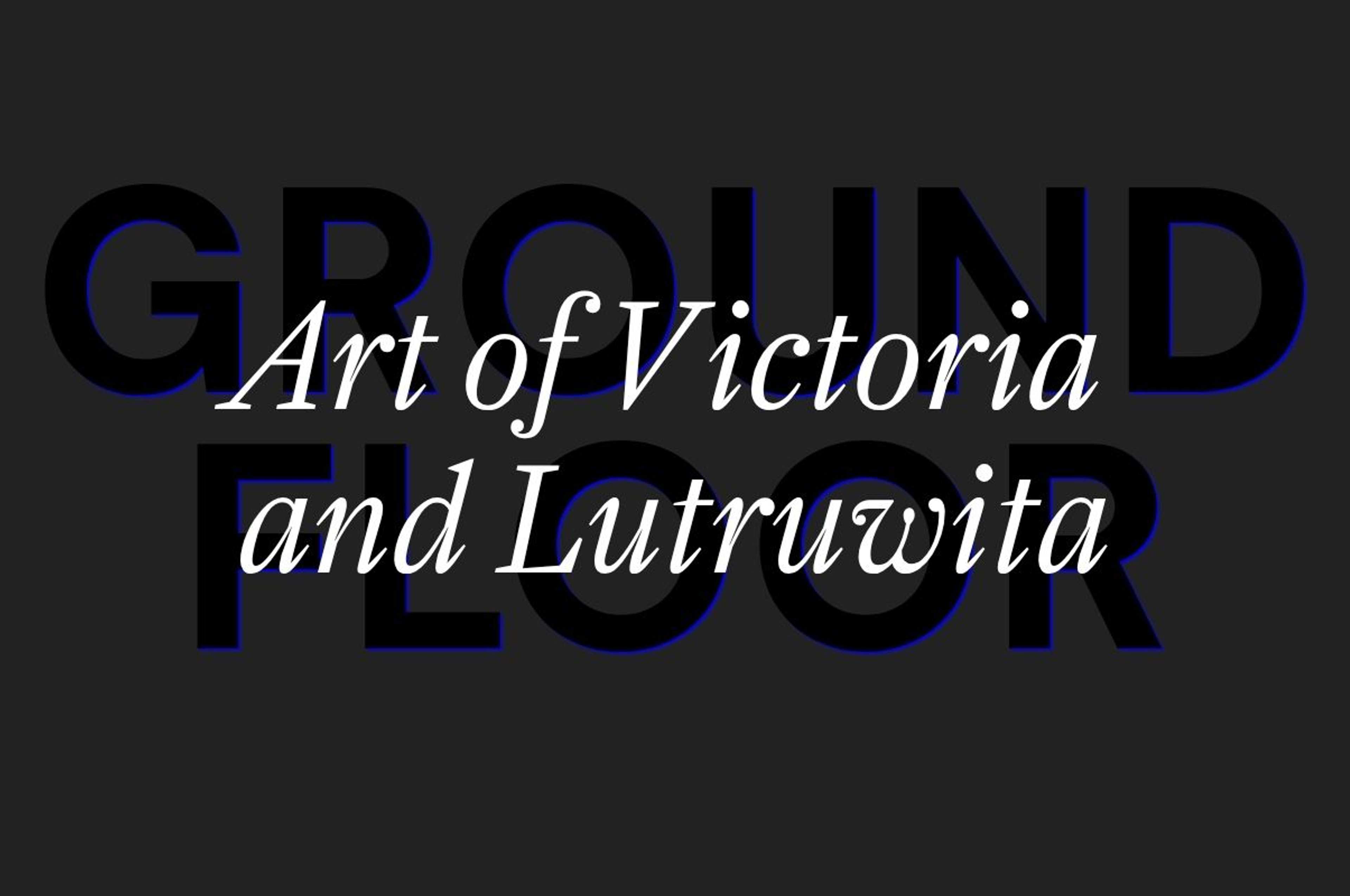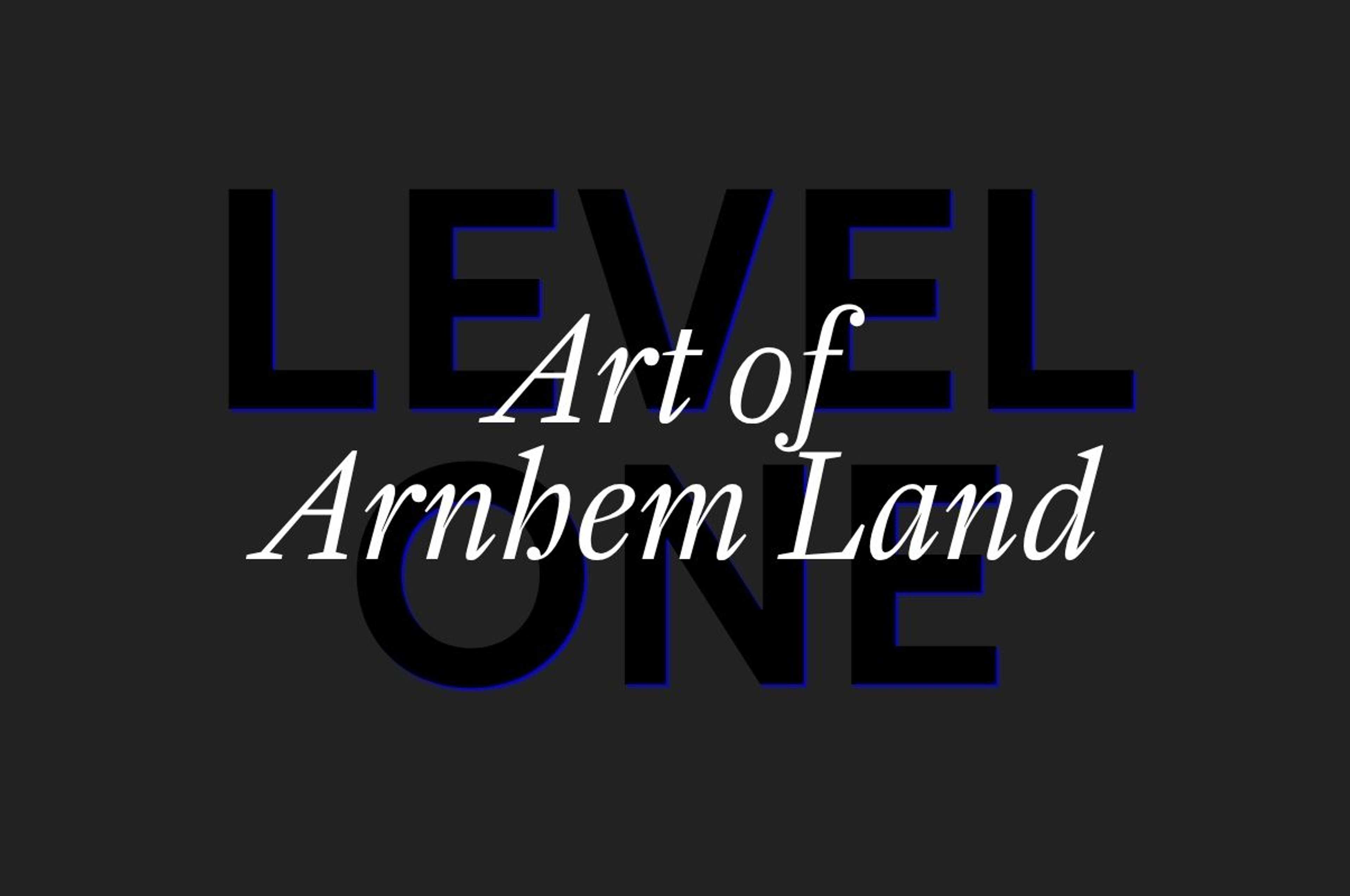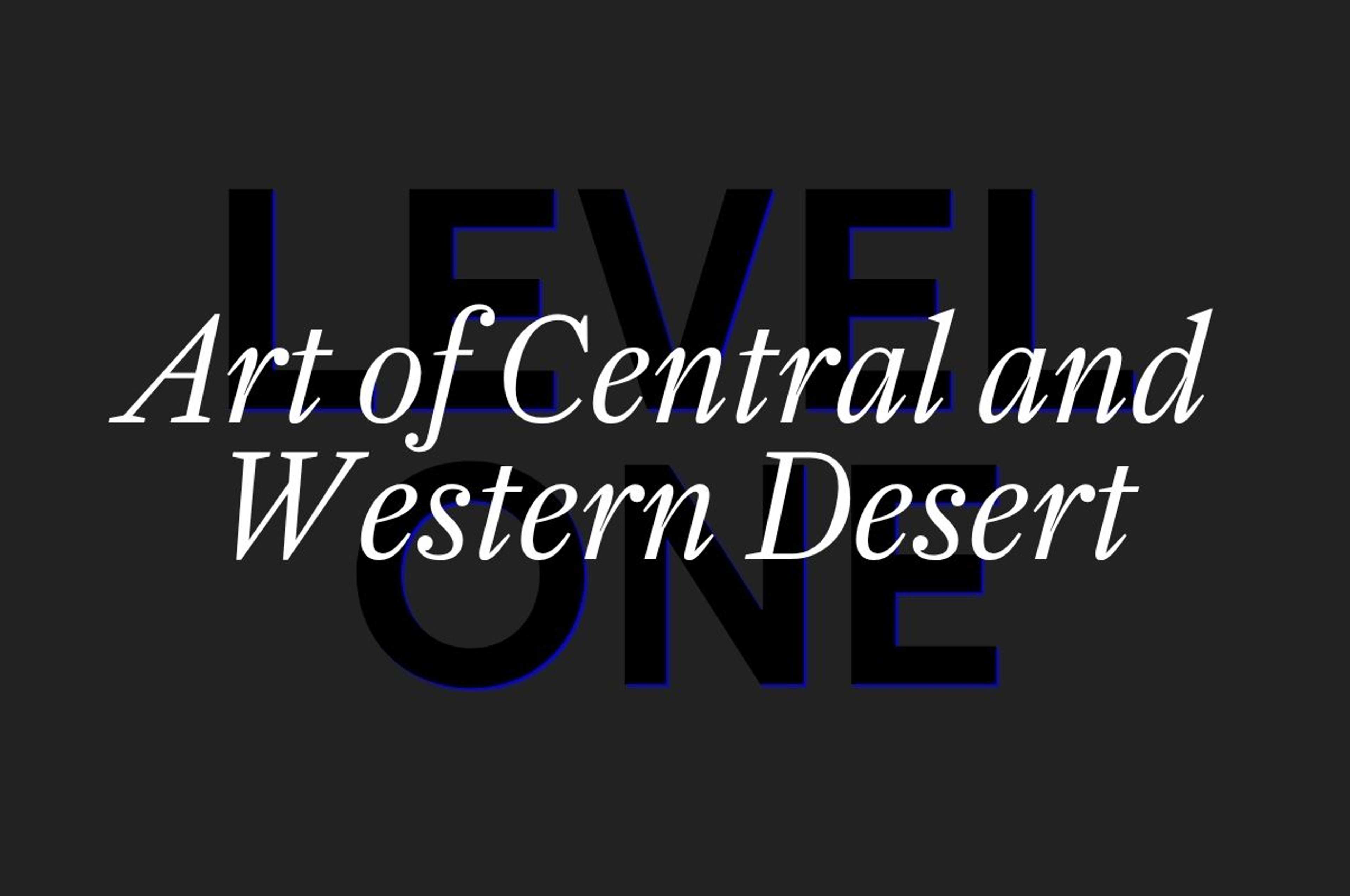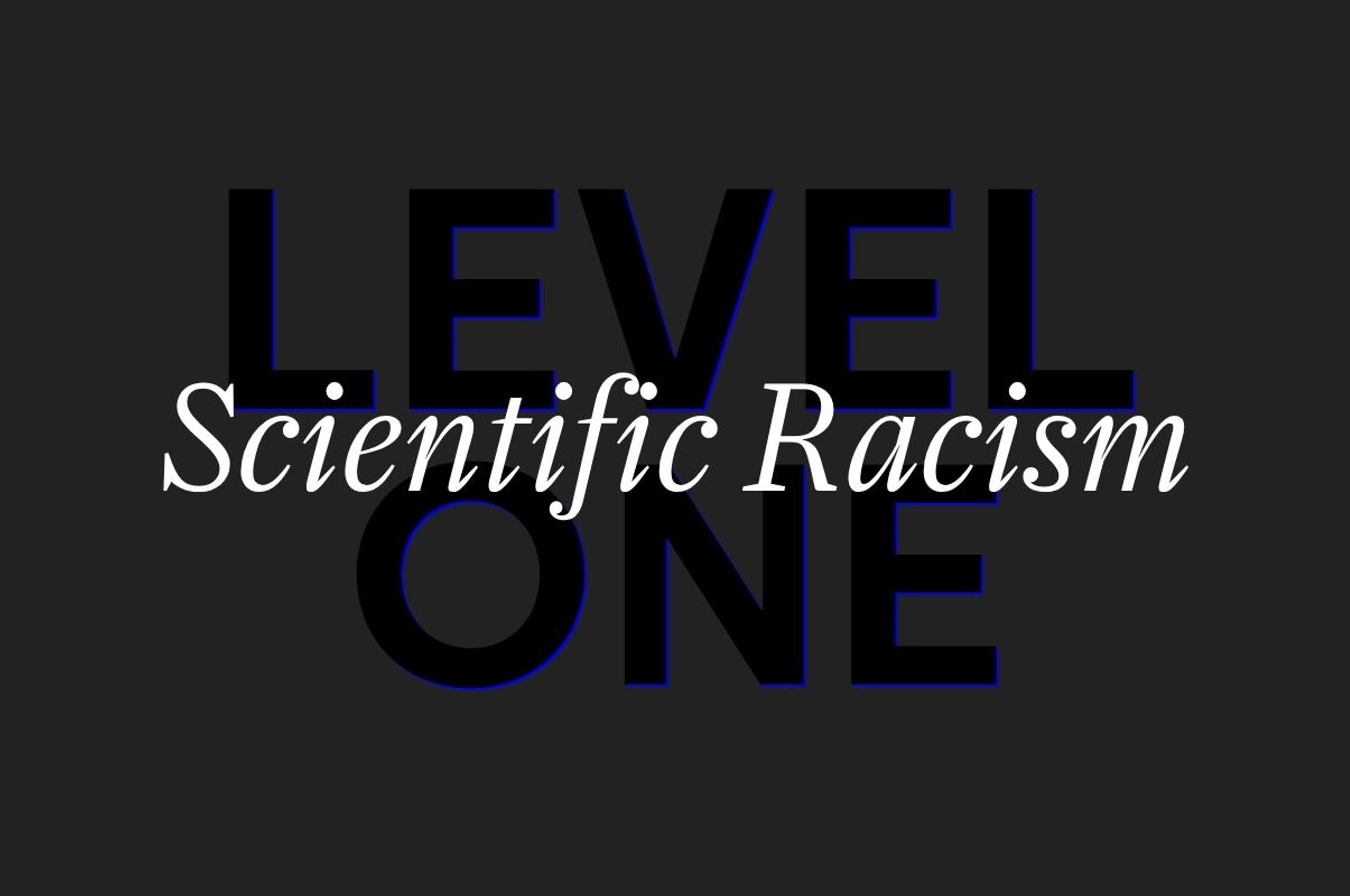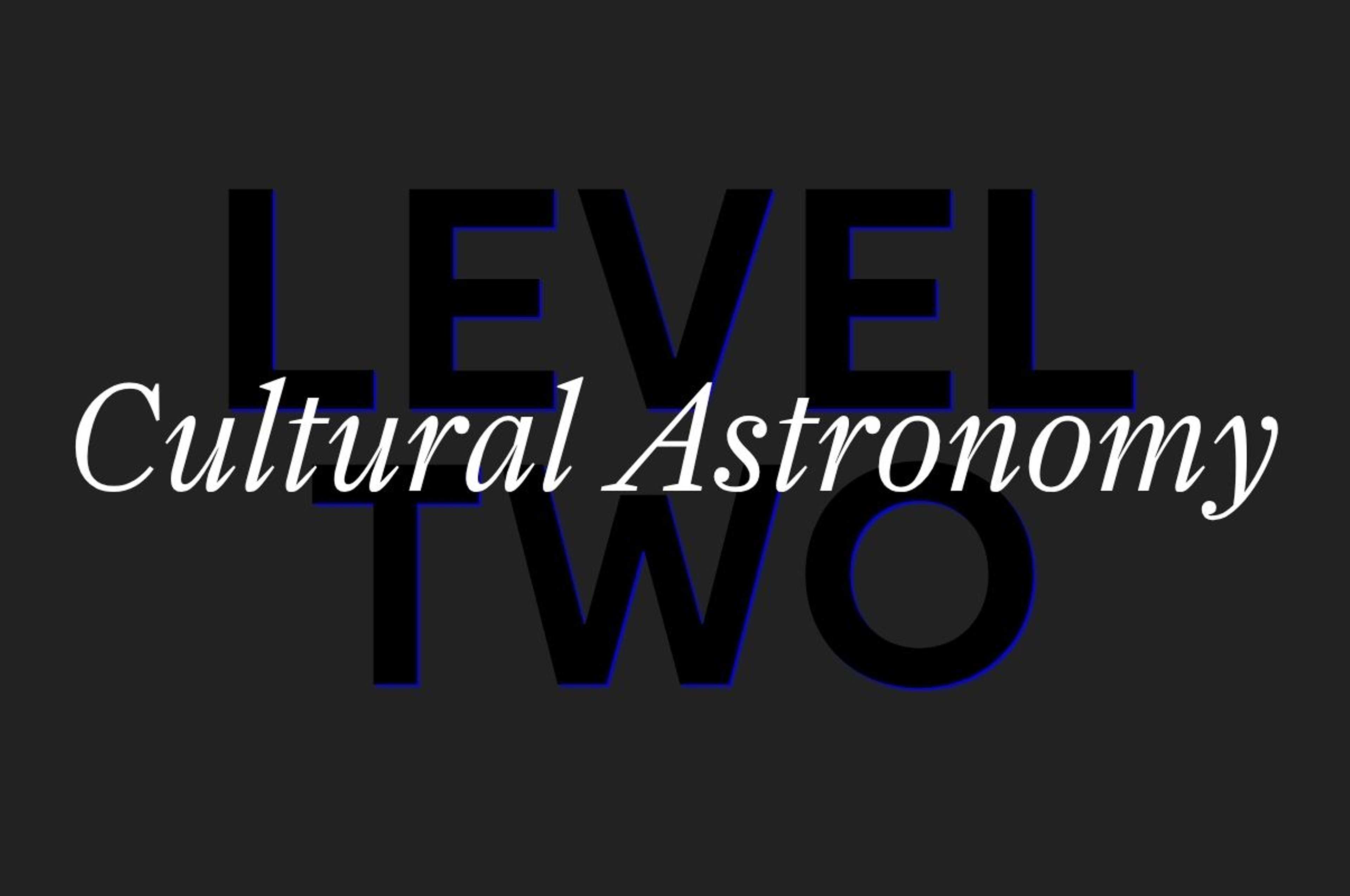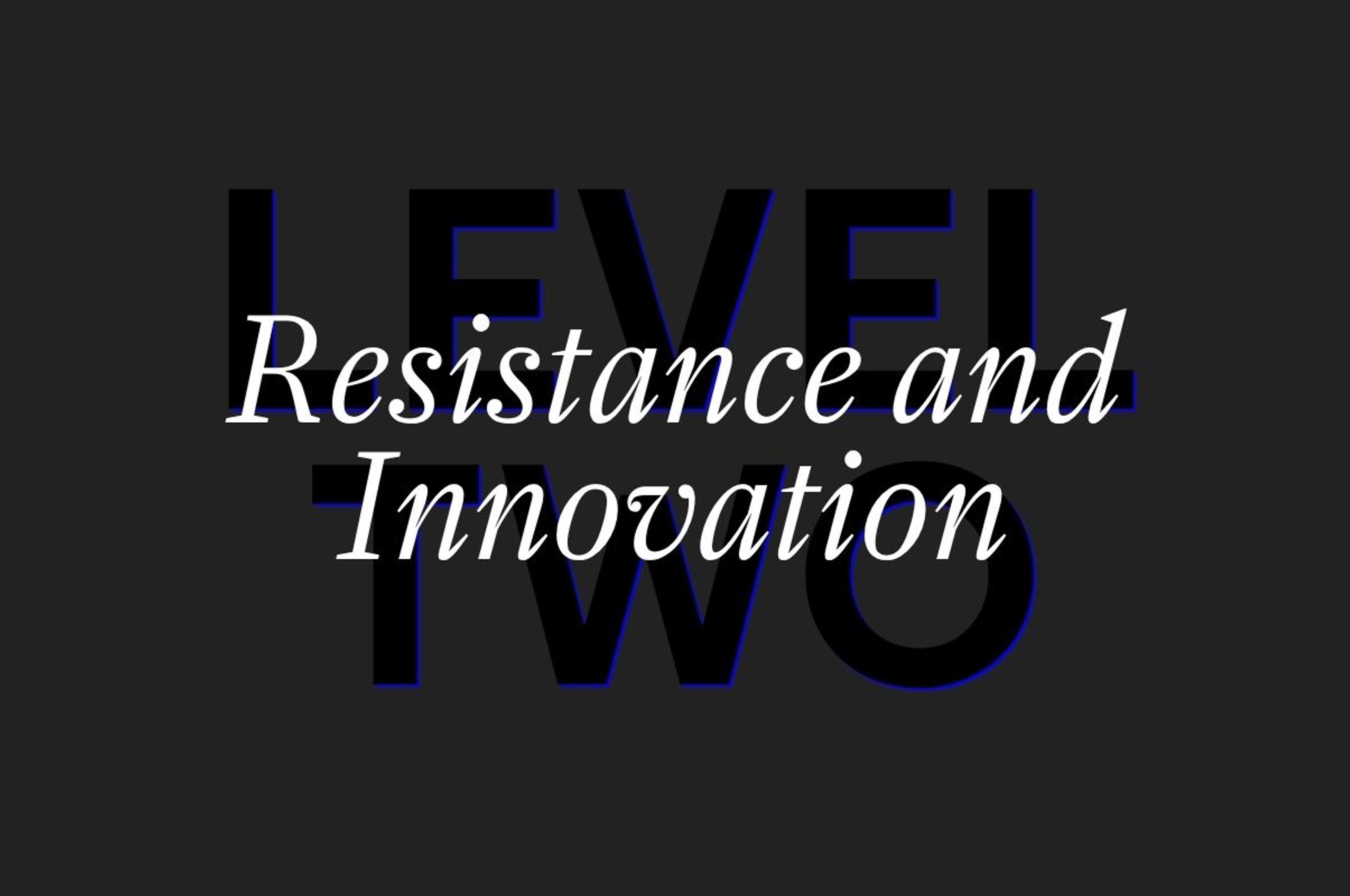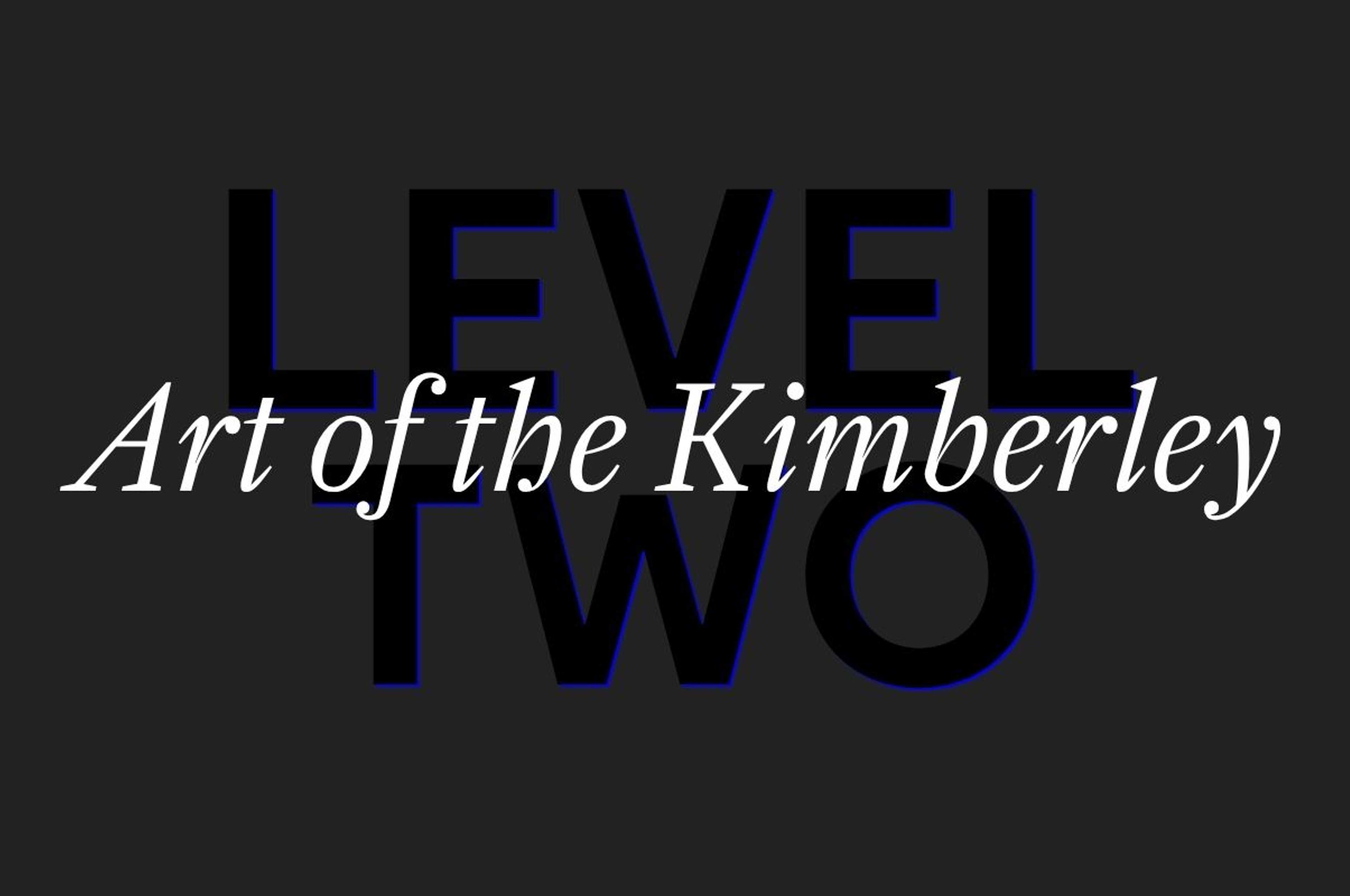Celebration of Women Artists
Ground Floor
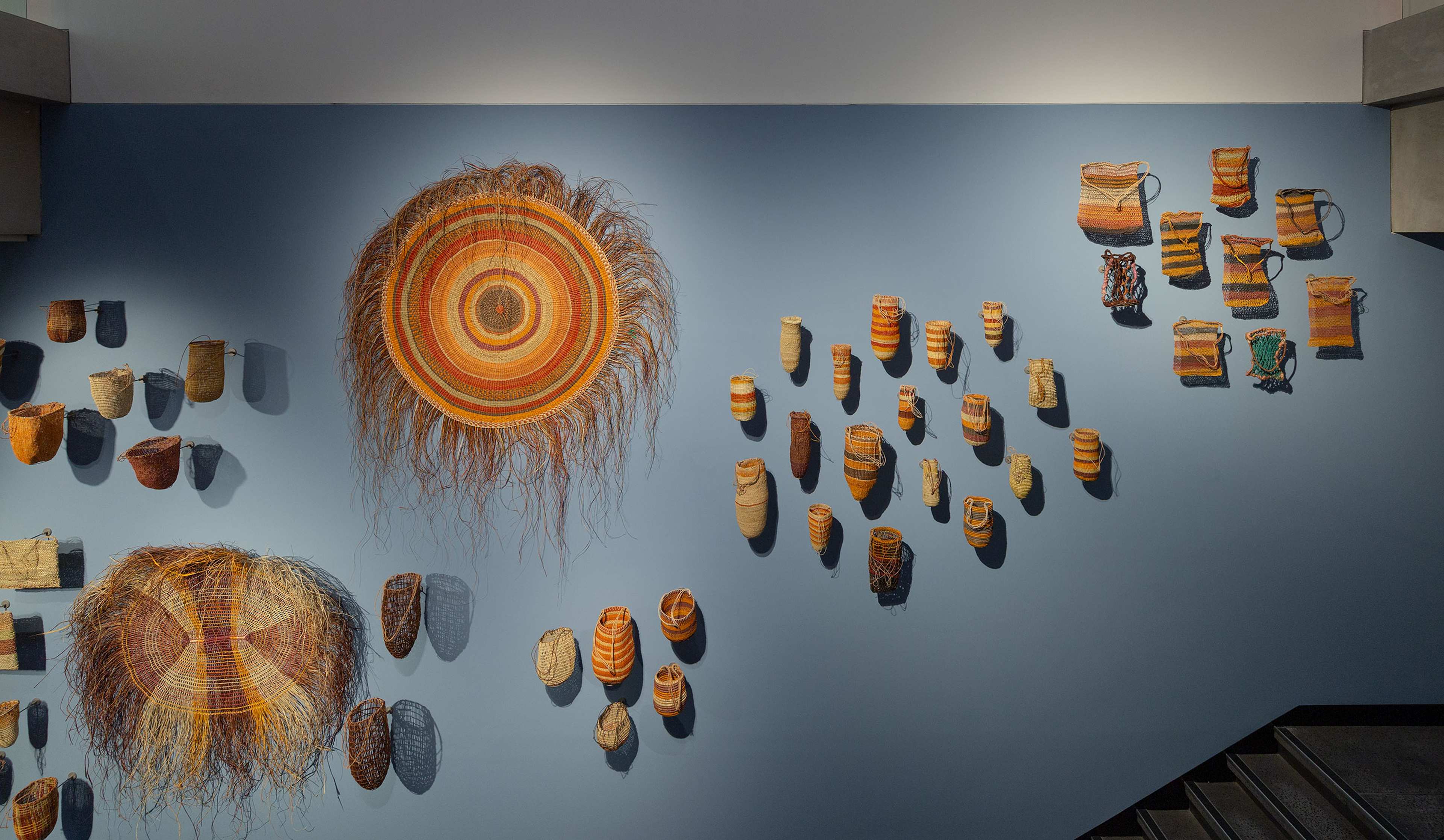
Installation view of 65,000 Years: A Short History of Australian Art, Potter Museum of Art, the University of Melbourne, 2025. Photography by Christian Capurro.
About the room
Fibre art has a long history in Indigenous Australia, which continues to the present, as shown by this selection of contemporary women’s works from Arnhem Land, Groote Eylandt and South East Australia.
In West Arnhem Land, images of fibre objects are found in the rock art of the escarpment plateau. The creation story of the Bininj people centres on a female ancestor, Yingarna, who emerged from the Arafura Sea and travelled across the inland regions. Yingarna gave birth to the Bininj people and taught them their languages. Suspended from her headband were woven bags containing yams, which she planted and taught the Bininj how to harvest.
In East Arnhem Land the Djaŋ’kawu Sisters, creation ancestors of the Rirratjiŋu, gave birth to the first Yolŋu people underneath a woven ŋanmarra (mat) at Yelaŋbara. The Sisters had their own bathi (woven bags) and taught the Yolŋu how to weave and how to live.
A sail, and a selection of baskets, string bags, fish traps and ŋanmarra mats from across Arnhem Land are displayed here alongside woven eel traps and rusted metal narrbong (bush bags) from South East Australia. These contemporary works of art are at the forefront of the exhibition, in acknowledgement of the importance and continuity of women’s intergenerational cultural knowledge.
Artist Statements
Sandra Aitken
The basket-weaving techniques of the Gunditjmara people were almost lost during European colonisation from the early 1800s onwards. Fortunately, this precious knowledge was passed down to artist Sandra Aitken through generations of her ancestors, beginning with Aitken’s great-great-grandmother Jennie Green, who was born on the shores of Lake Condah in 1825 to parents who had moved inland to escape from the ‘ghost people’.
Jennie used Puung’ort grass to make baskets to trap essential foods such as fish and eel. She passed her traditional craft and knowledge to her grandson’s wife Frances Alberts (née Carter), Aitken’s grandmother. Frances continued to weave small items but was forbidden by the Lake Condah mission managers to pass on the traditional practices to her children. Nevertheless, Frances’s daughter Connie Hart (née Alberts), Aitken’s aunt, secretly observed her mother at work, and the skill survived. With much prompting from her nieces in the 1980s, Connie Hart taught Aitken and her other nieces to again weave with Puung’ort grass and the art form survives to this day.
Lorraine Connelly-Northey
As a knowledge holder from traditional Aboriginal Australia, I respectfully gather on Country, like my ancestors of 65,000 plus years ago. I only take what is needed from Motherland, whether it be picking the fresh fruits of sweet quandong, digging for water-ribbon tubers to eat or gathering rustic materials abandoned by the colonisers. While referencing my knowledge of coil weaving, I ‘weave’ the found rusty tin and wire to create sculptures that represent a traditional Aboriginal lifestyle, such as narrbong-galang (string bags), koolimans (bark bowls) and badhang wilay (possum-skin cloaks).’
– Lorraine Connelly-Northey, 2025

